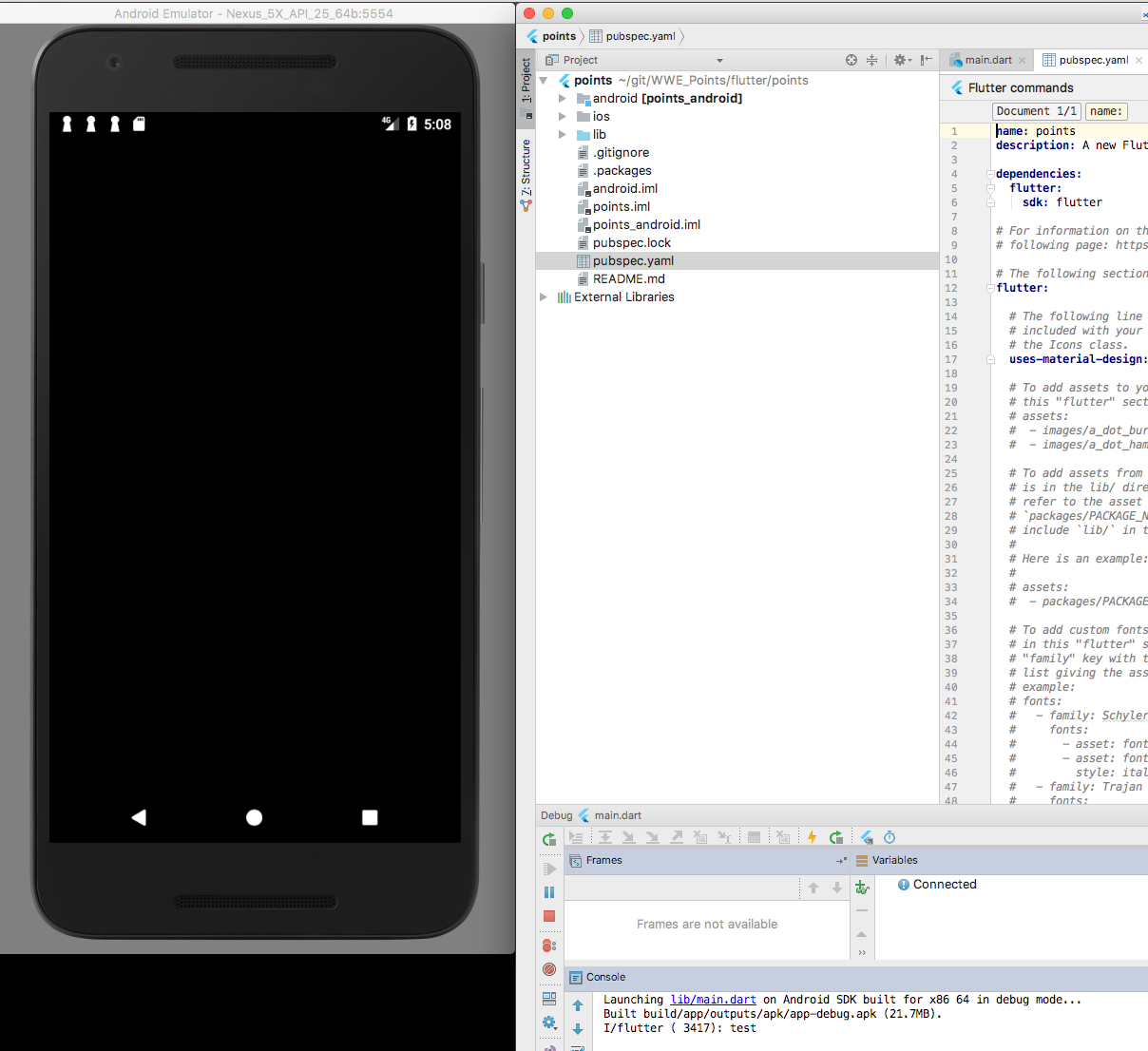

- #OPEN ANDY EMULATOR MAC HOW TO#
- #OPEN ANDY EMULATOR MAC FOR MAC#
- #OPEN ANDY EMULATOR MAC INSTALL#
- #OPEN ANDY EMULATOR MAC FULL#
#OPEN ANDY EMULATOR MAC INSTALL#
This does not mean that there are emulators that install bloatware and other junk files. You should know that there are some very decent free options out there. PriceĪt this point, you don’t need to pay for an Android emulator. A quick glance will help you find the best choice.
#OPEN ANDY EMULATOR MAC FOR MAC#
There are a number of basic principles to consider before choosing a good Android emulator for Mac computers. So it seems clear that NoxPlayer is ahead in terms of performance, and Genymotion it is beyond the possibilities of both, always keeping in mind that this is a professional solution for developers and not so much for the end consumer. In fact, an app like Fruit Ninja reported issues with its installation and we were unable to launch it. It performed well, but we did experience an occasional slowdown in the computer we installed it on (MacBook Pro 2015). As we expected, There are three plans to choose from. Performance is fast, and you can connect a physical device to your Mac to use it as a remote control for apps you might be testing in Genymotion. This makes the startup wait times a bit longer, given the customization.Īnother advantage we have seen over using NoxPlayer is that at the time of this article’s publication, Genymotion supports Android 8.0 Oreo instead of being stuck in time with very old versions. When you open the Genymotion, it will ask you to add a virtual device as well as the version of Android you want to run. It also has different widgets such as camera, GPS or Wi-Fi network with which you can see how a project or application reacts to the interaction it has to perform with the programmed functionality. So it’s a great option for developers who want to put their projects to the test. This should start the emulator with the selected AVD.With a little more professional tint, Genymotion guarantees an Android emulator for desktops with different screen sizes and Android versions.
#OPEN ANDY EMULATOR MAC FULL#
Open the Terminal app and type the following command: $ANDROID_HOME/tools/emulator -netdelay none -netspeed full -avd Nexus_5_API_25 Stop the emulator started by Android Studio.
#OPEN ANDY EMULATOR MAC HOW TO#
How to start Android Emulator from Terminal? Which can be shortened to : $ANDROID_HOME/tools/emulator -netdelay none -netspeed full -avd Nexus_5_API_25 Notice in the Run Window of Android Studio the command line used to start the device: /Users/HDO/Library/Android/sdk/tools/emulator -netdelay none -netspeed full -avd Nexus_5_API_25 In the Verify Configuration window, check any parameter :ĪVD Manager shows you the newly created device:Ĭlick on the launch button to launch the newly created AVD in the emulator.

Once the download is complete, click on the Next button. This download process is done through SDK Manager. In the System Image, select the system image Nougat, API Level 25, ABI x86 :Ĭlick on the download link to download the selected System Image. In the Select Hardware window, select Nexus 5 as shown in the following snapshot: If no emulator has been created you should start with this screen: Go to the Tools menu -> :Android -> AVD Manager: Start Android Studio app, then create a blank project. The purpose of this section is to guide you to create in your development environment an Android emulator.Īndroid emulators are managed through a UI called AVD ManagerĪVD Manager has a nice interface when started from Android Studio.


 0 kommentar(er)
0 kommentar(er)
